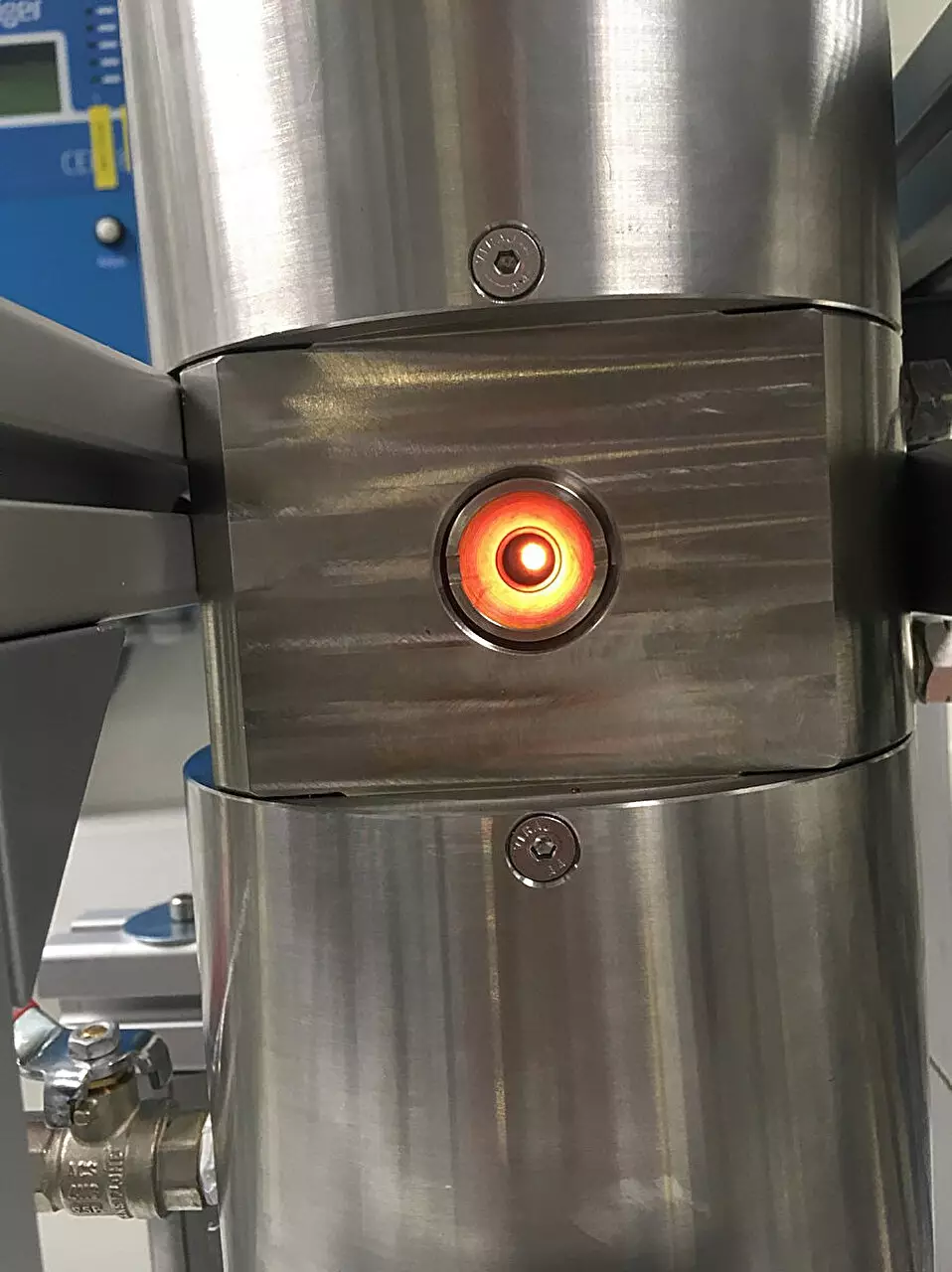Volcanic eruptions have long captivated scientists and the general public alike due to their dramatic manifestations and the substantial impact they can have on both local and global scales. Despite extensive research, the clandestine nature of volcanic processes, particularly those occurring underground, has left many questions unanswered. A recent study by scientists at The University of Manchester has made strides in bridging this knowledge gap, offering a unique view of the dynamics of bubble growth in basaltic magma. This groundbreaking research provides unprecedented insights that could reshape our understanding of volcanic activity and its associated risks.
The Importance of Understanding Vesiculation
Vesiculation, or the formation of bubbles within molten rock, is a fundamental process influencing the character of volcanic eruptions. Eruptions can transpose seamlessly from gentle effusions of lava to explosive outbursts, and understanding how bubbles form and behave in magma is crucial to predicting these varying styles of eruptions. The research underscores the complexity of volcanic behavior, drawing intriguing parallels to everyday phenomena—such as the contrasting ways in which a bottle of champagne is opened depending on the circumstances. Just as the manner of opening determines how gas escapes, so too does the interaction between gas and magma dictate the eruptive style.
To study these mechanisms, the researchers utilized a novel pressure vessel that mimics the subterranean conditions present during a volcanic eruption. This vessel allows for manipulation of pressure and temperature in a controlled environment, enabling real-time observation of bubble dynamics during magma ascent. The incorporation of advanced imaging techniques, particularly X-ray synchrotron radiography from the I12-JEEP beamline of Diamond Light Source, has afforded scientists the ability to “see” through magma samples to observe the intricacies of bubble growth and coalescence. This level of observation was previously unattainable, allowing for real-time calculations about how gas interacts with magma—a critical factor in determining eruptive style.
The study’s findings reveal that pressure gradients significantly influence how quickly and effectively gas bubbles can escape from magma. This offers a clearer picture of the transition between explosive and effusive eruptions, providing a framework that could enhance hazard assessments in active volcanic regions. As Dr. Barbara Bonechi, the lead author of the study, noted, understanding the coupling and decoupling phenomenons between magma and volatiles under varying pressures has considerable implications not just for geology, but for safety measures and planning in nearby human settlements.
Moreover, the data acquired confirms prior estimations derived from numerical modeling, indicating consistency within the body of research related to volcanic activity. This validation suggests that the laboratory findings can be applied to understanding real-world volcanoes, thereby promising improvements in risk mitigation strategies.
Ultimately, the research highlights a transformative intersection between laboratory experiments and practical application in the field of volcanology. By effectively simulating volcanic processes, scientists can glean insights that were previously locked away beneath layers of rock and magma. These advances not only improve our comprehension of how volcanic eruptions behave but also enhance the frameworks necessary for disaster preparedness in the face of such potent natural phenomena. As the field of volcanology constantly evolves, studies like this serve as vital stepping stones in our quest to demystify the earth’s inner workings and safeguard lives from volcanic hazards.


Leave a Reply